Shorty is short circuit finder, usable for checking PCB, for example. Where normal digital multimeters do not have enough of resolution to differentiate low PCB resistance in order of tens of miliohms to allow exact short circuit location, shorty comes to help. It is tiny (80x30x24mm), battery powered device, with option to charge the battery and load new firmware via USB. Current consumption is about 45mA when active, falls down to 6mA when idle for 15 seconds.
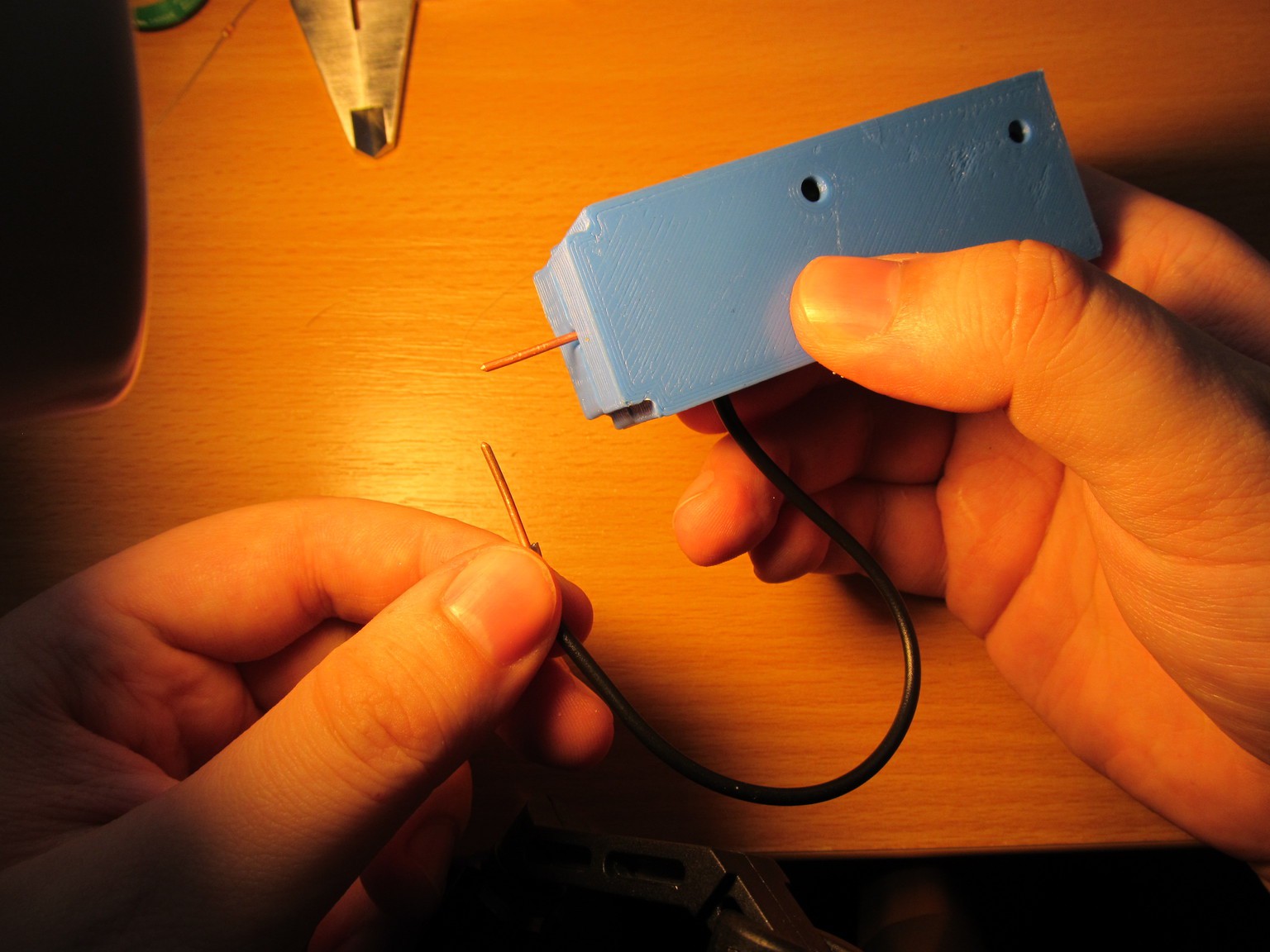
Want to build one?
Take this schematics
It is so simple I was lazy to prepare real PCB for it. Protoboard does its job just fine. If you don't feel like soldering the SOT23 MCP73831 device is what you want, feel free to replace it with Li-Ion backpack. The rest are normal through-hole components. For testing points I used piece of 1,5mm thick solid copper wire.
and load the firmware into Trinket pro via standard Arduino IDE.
If you wan't, you can alter the design, as all the design tools I used for development of shorty are multiplatform and open-sourced - Xubuntu OS, Arduino IDE and FreeCAD.
 jaromir.sukuba
jaromir.sukuba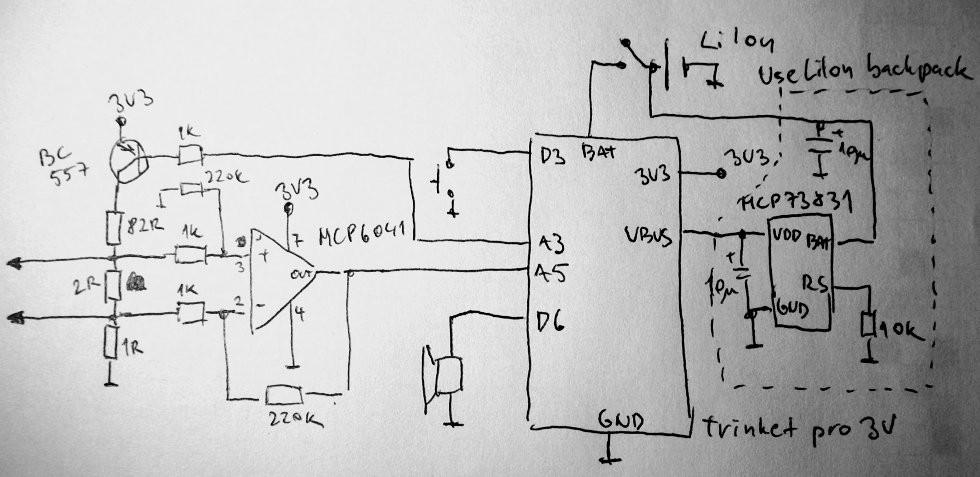
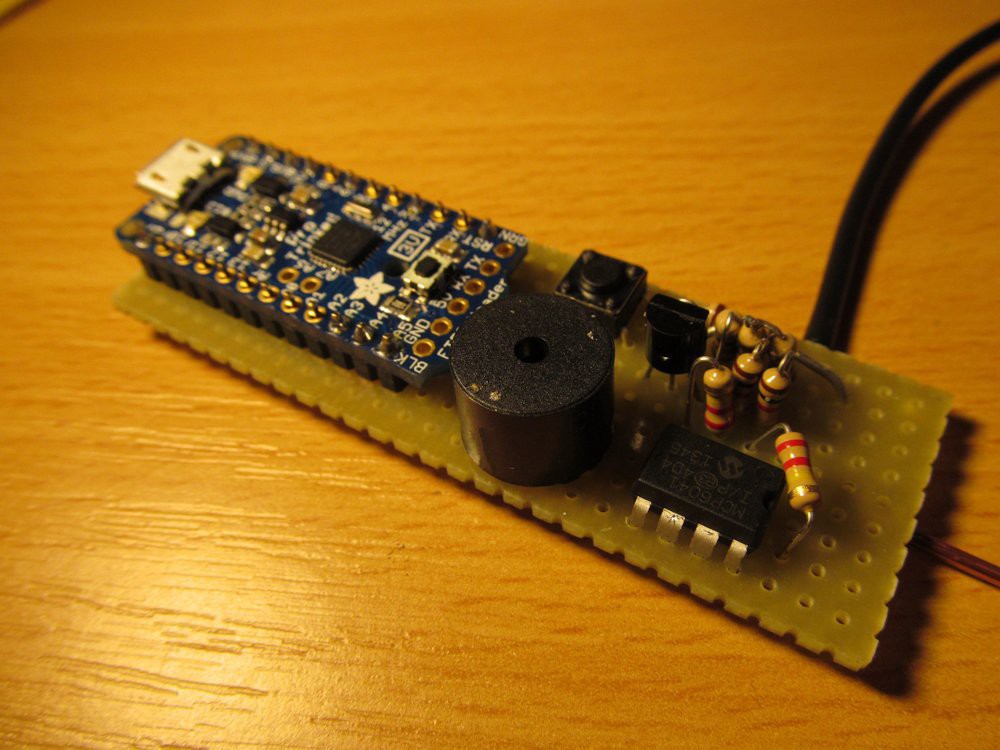
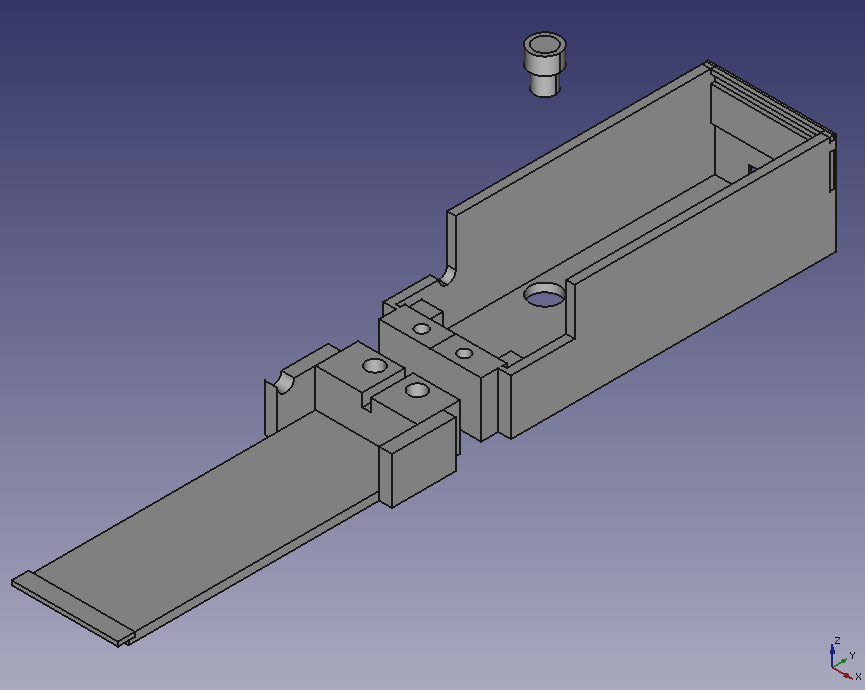
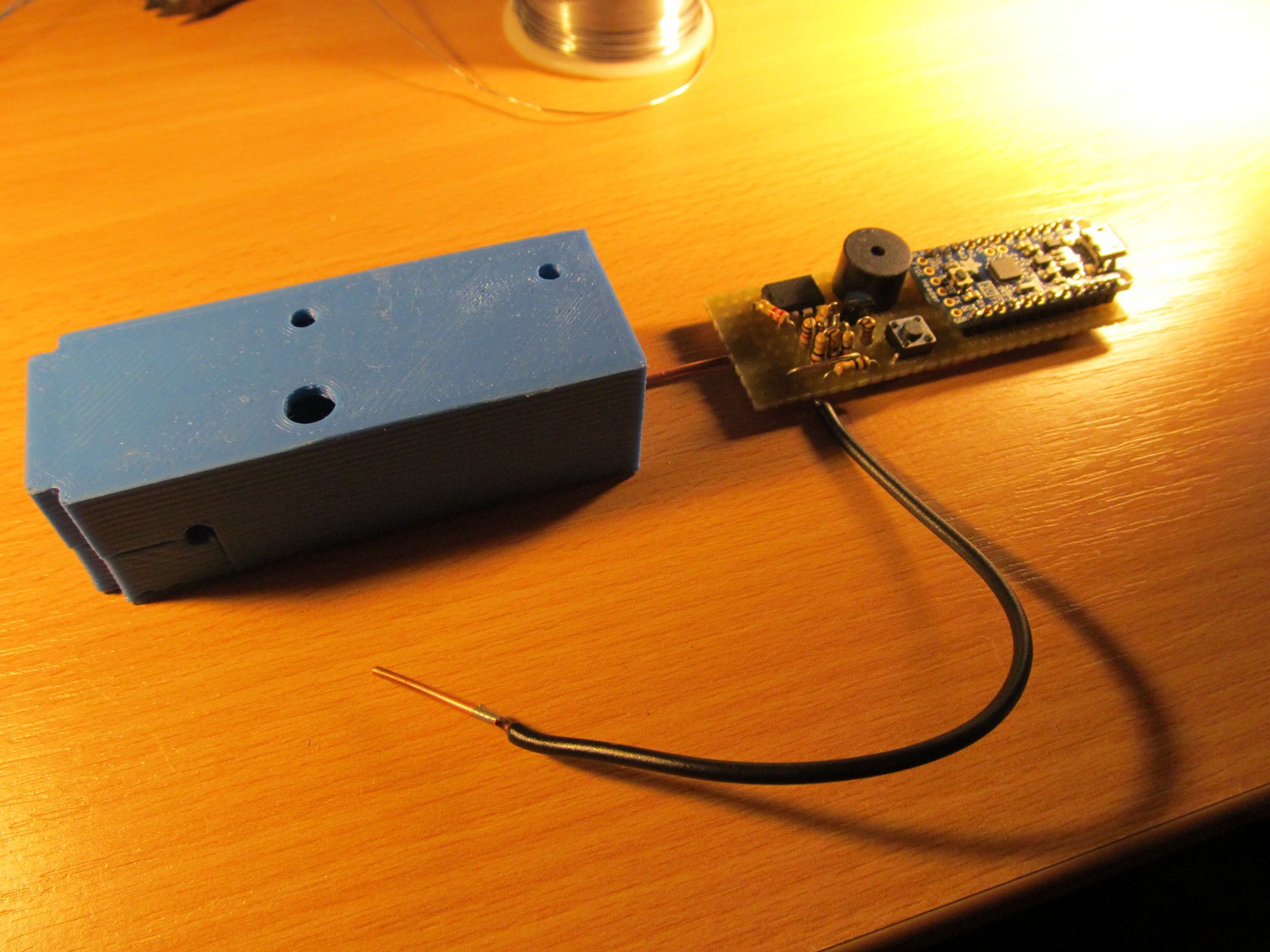
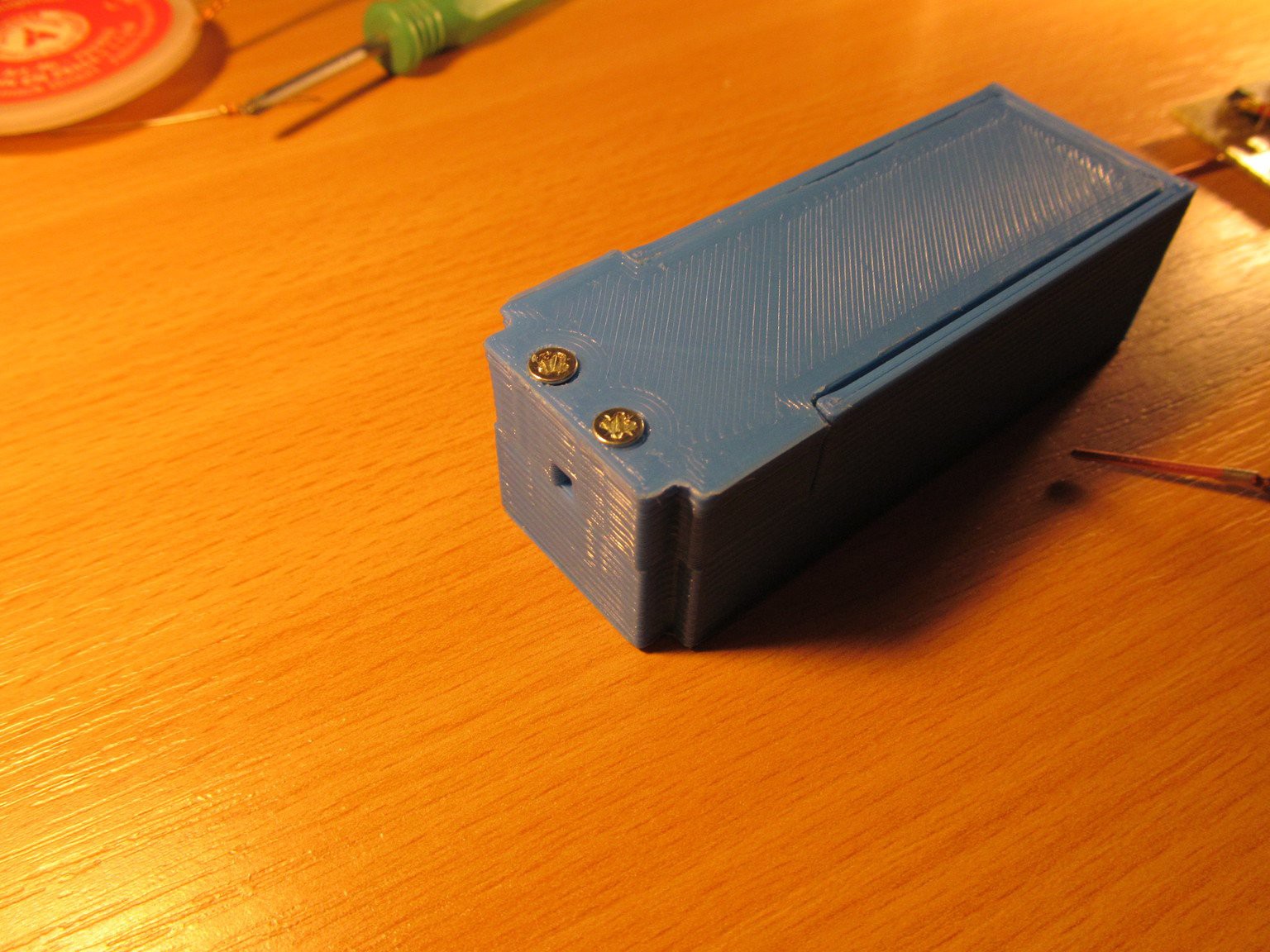
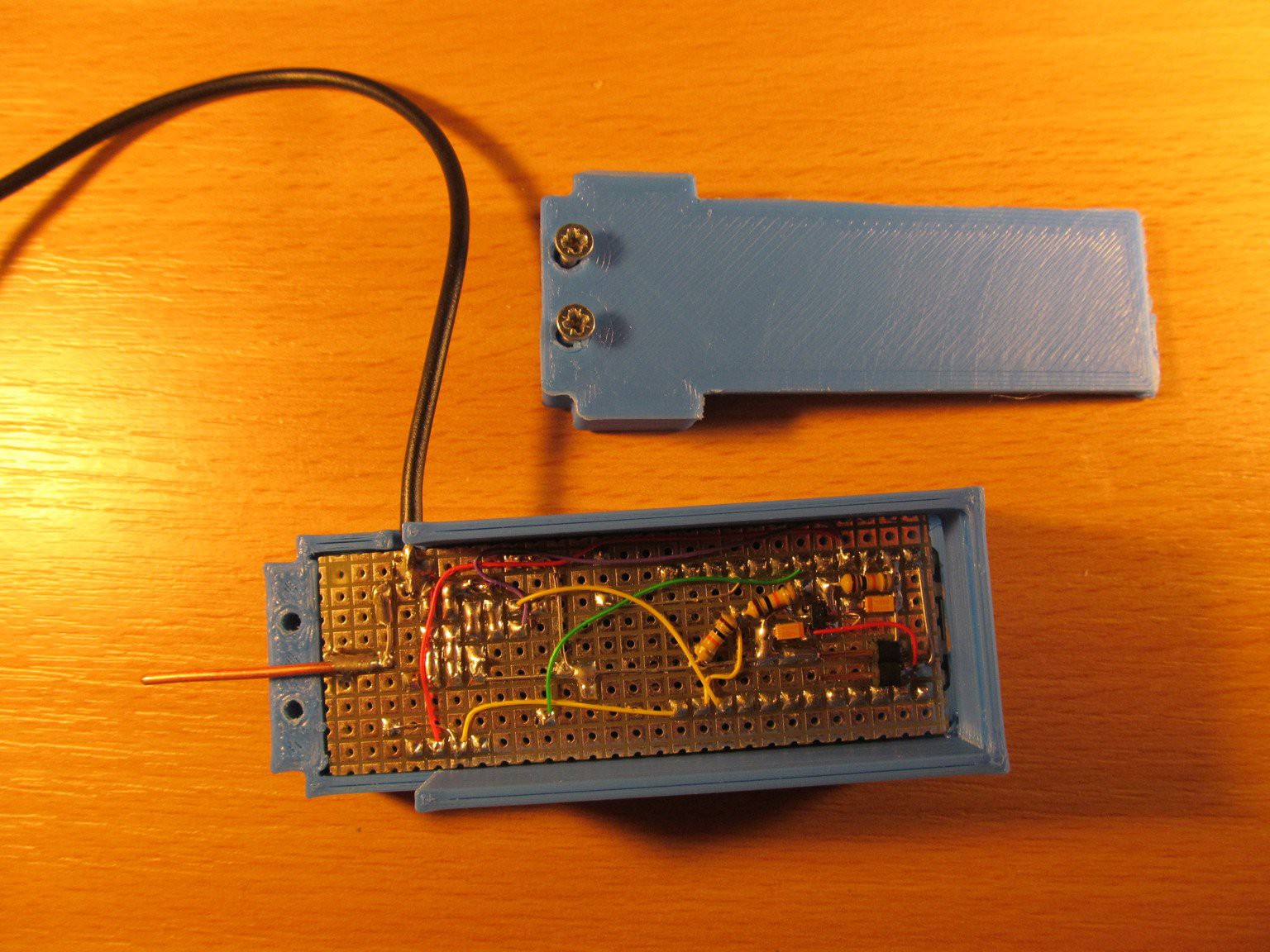
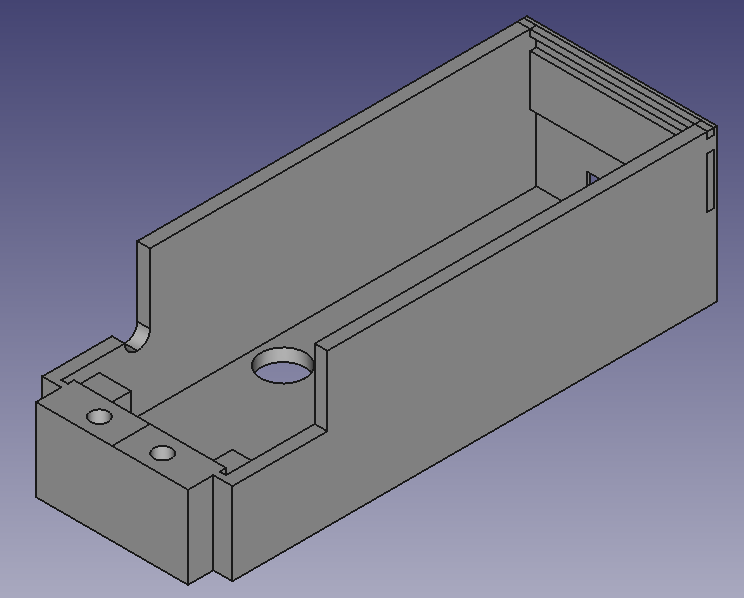
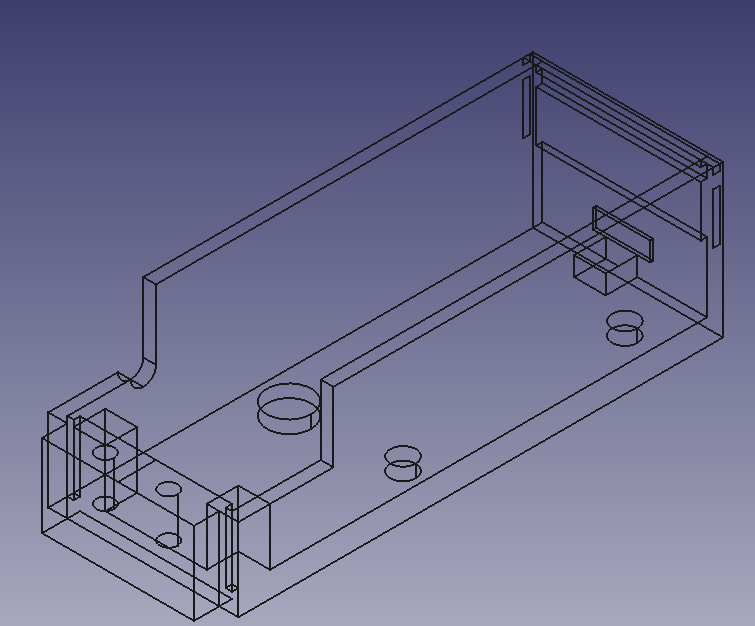
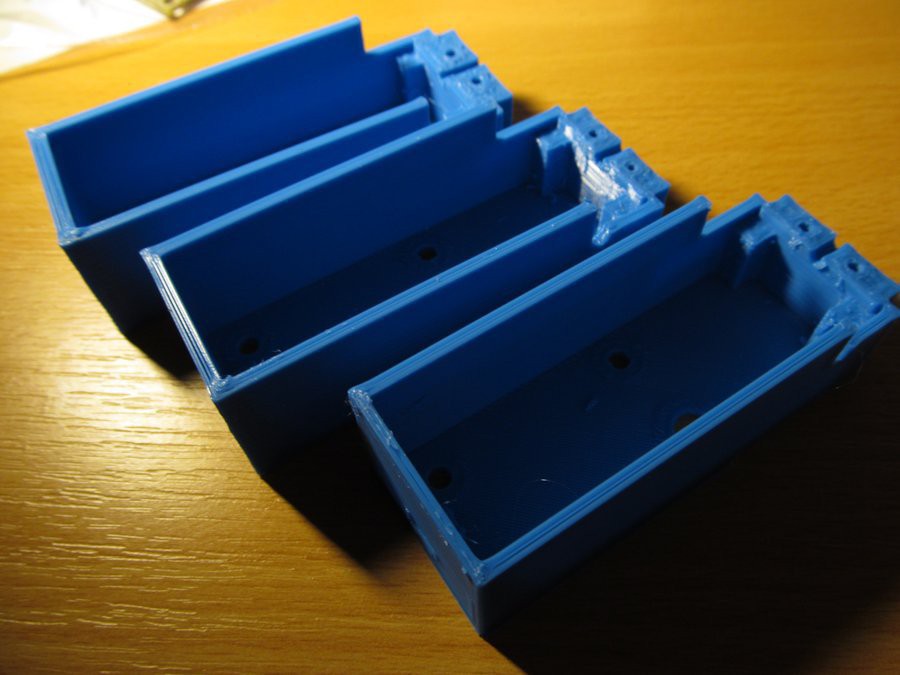
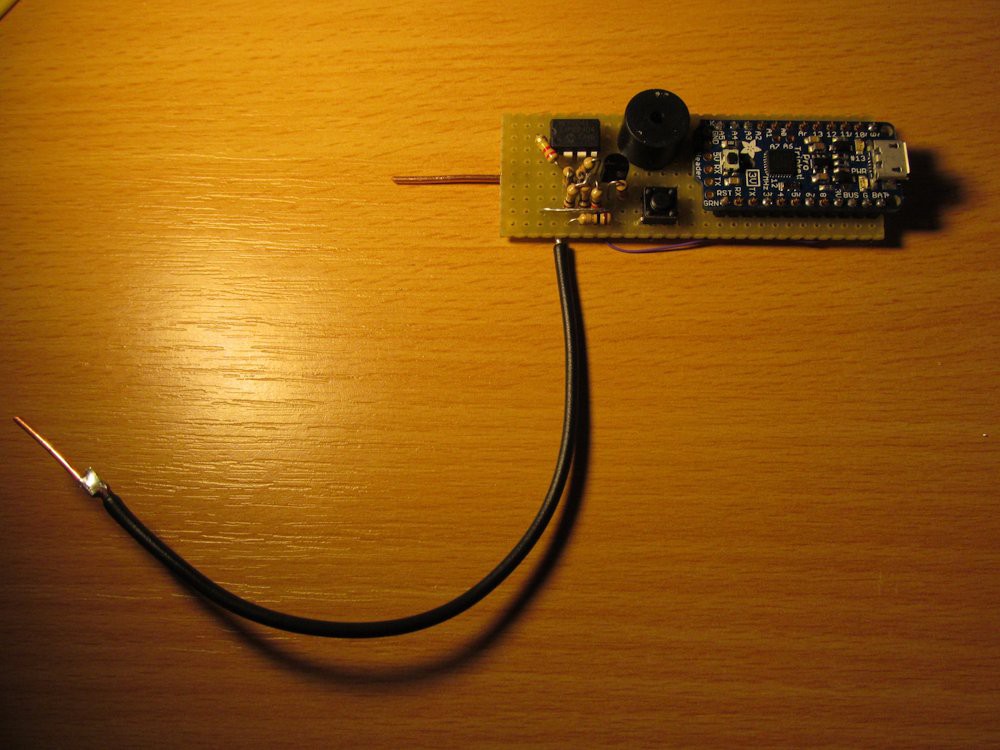
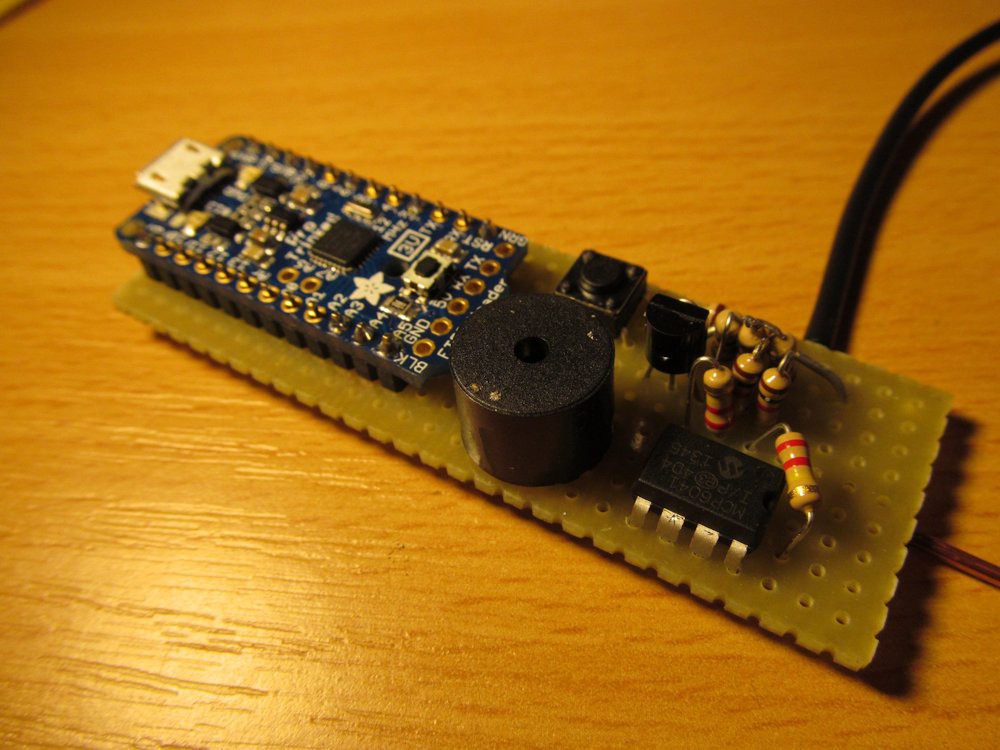
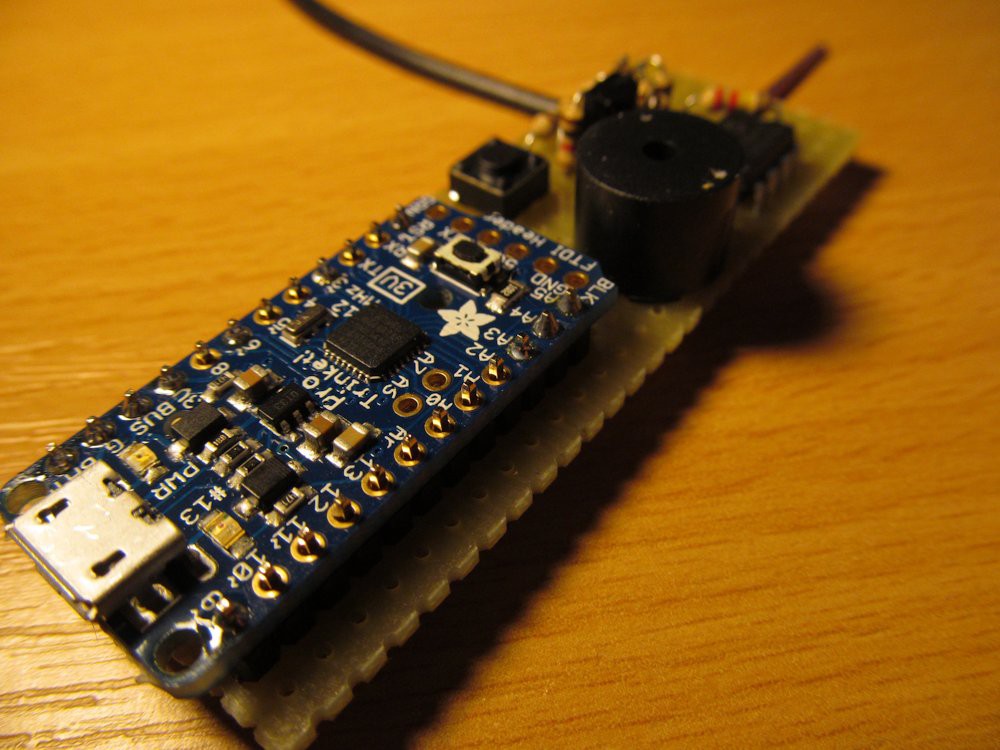
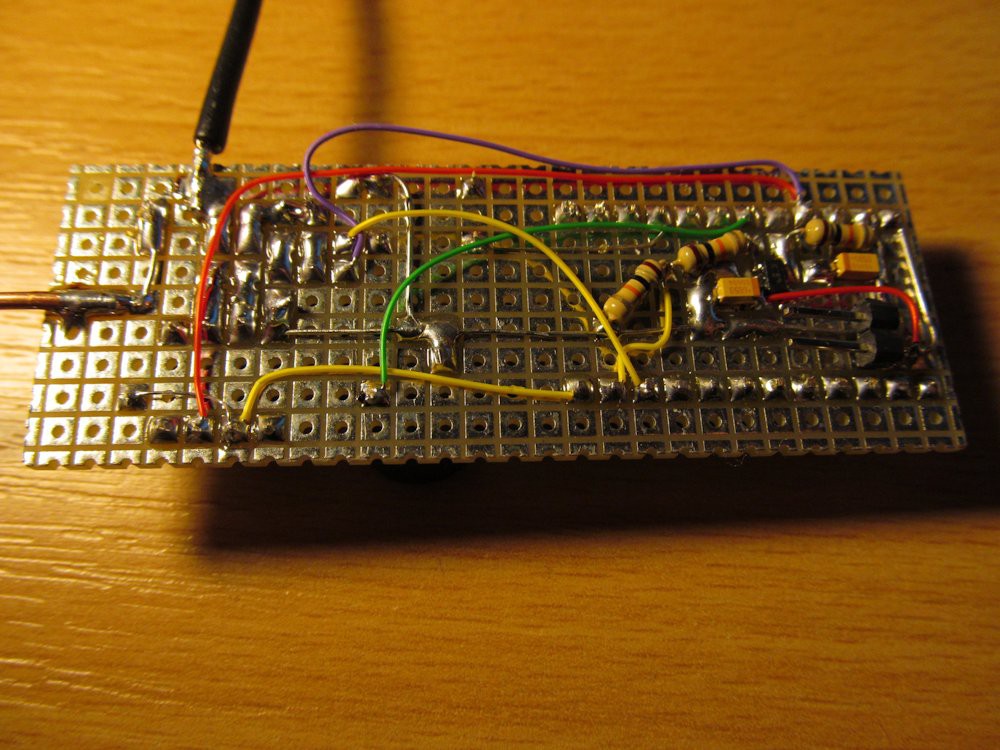
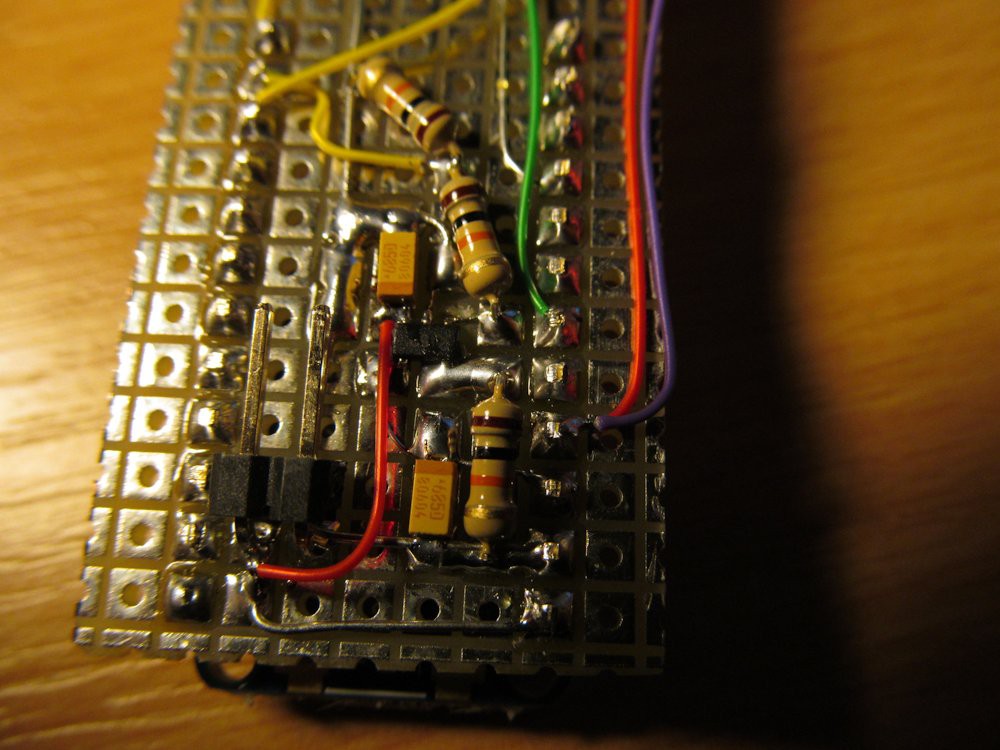
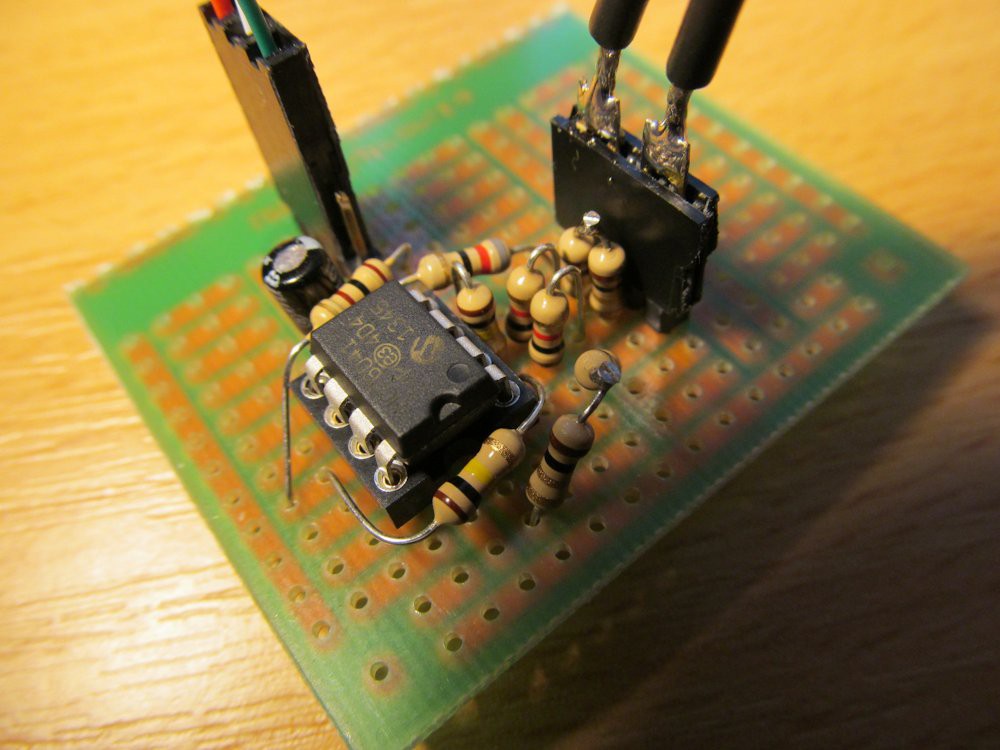
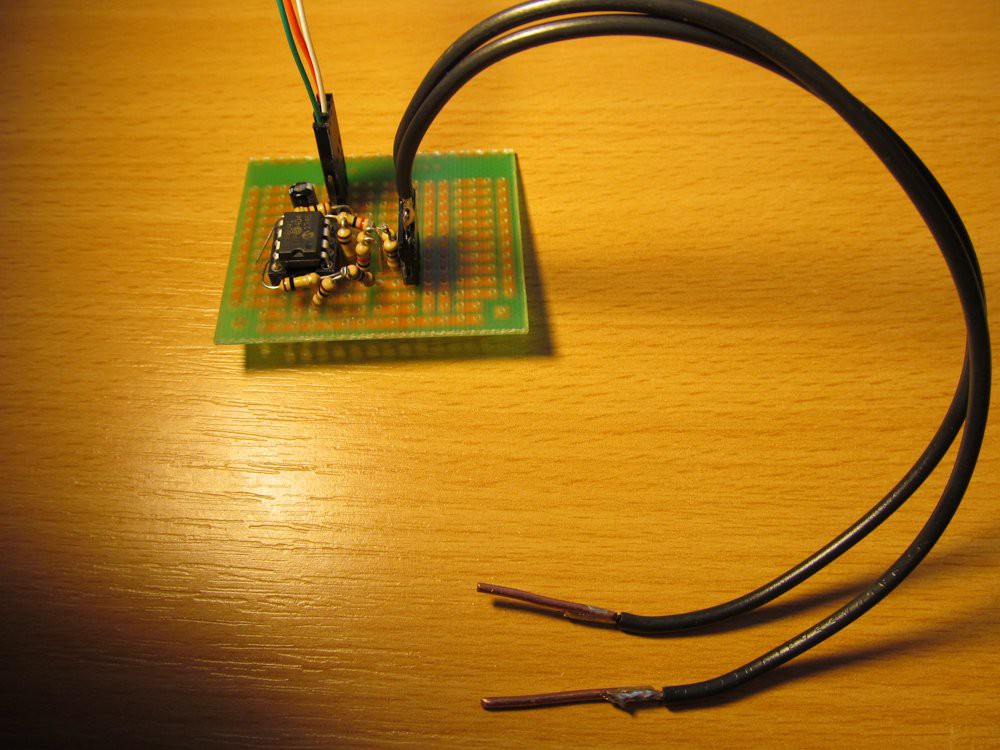
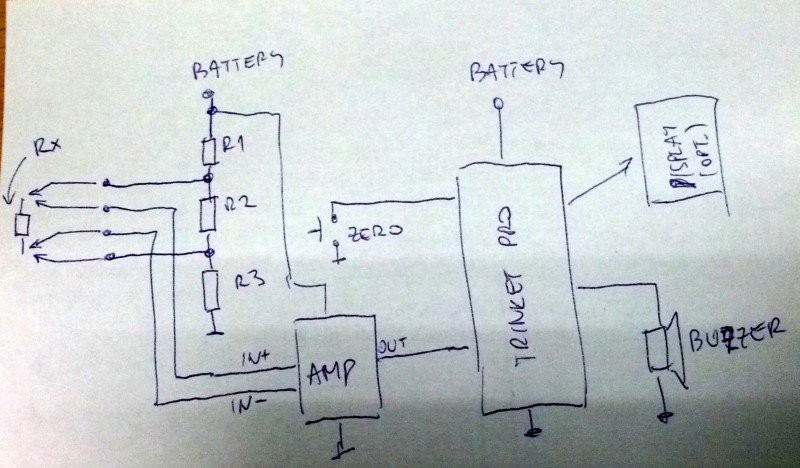







 David Scholten
David Scholten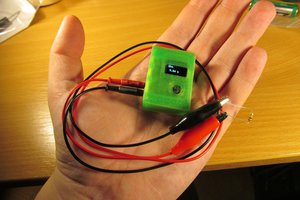
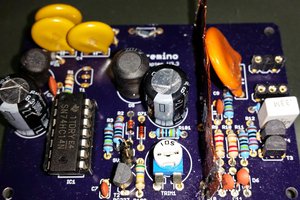
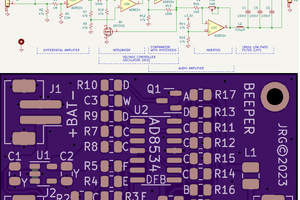
hello,
I’m new here and I would very much like, to build this device. However, I’m a novice in electronics and I like chunky discrete components - I’m not interested in Arduino type devices. Is it possible to build the Shorty without a Trinket. If so, please let me know how. Thank you kindly